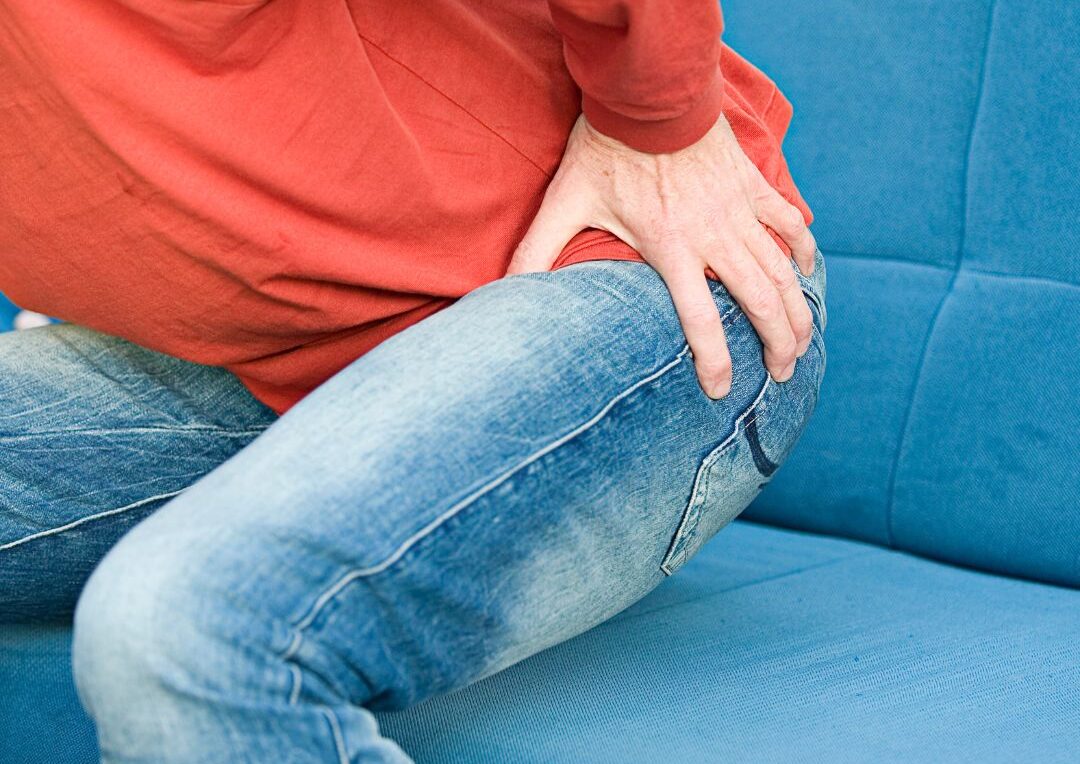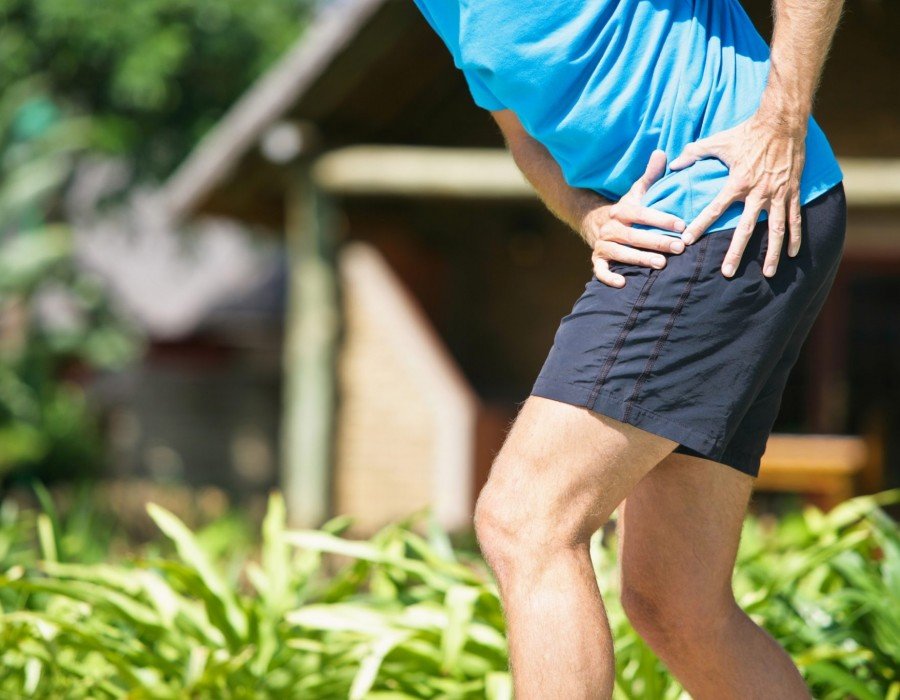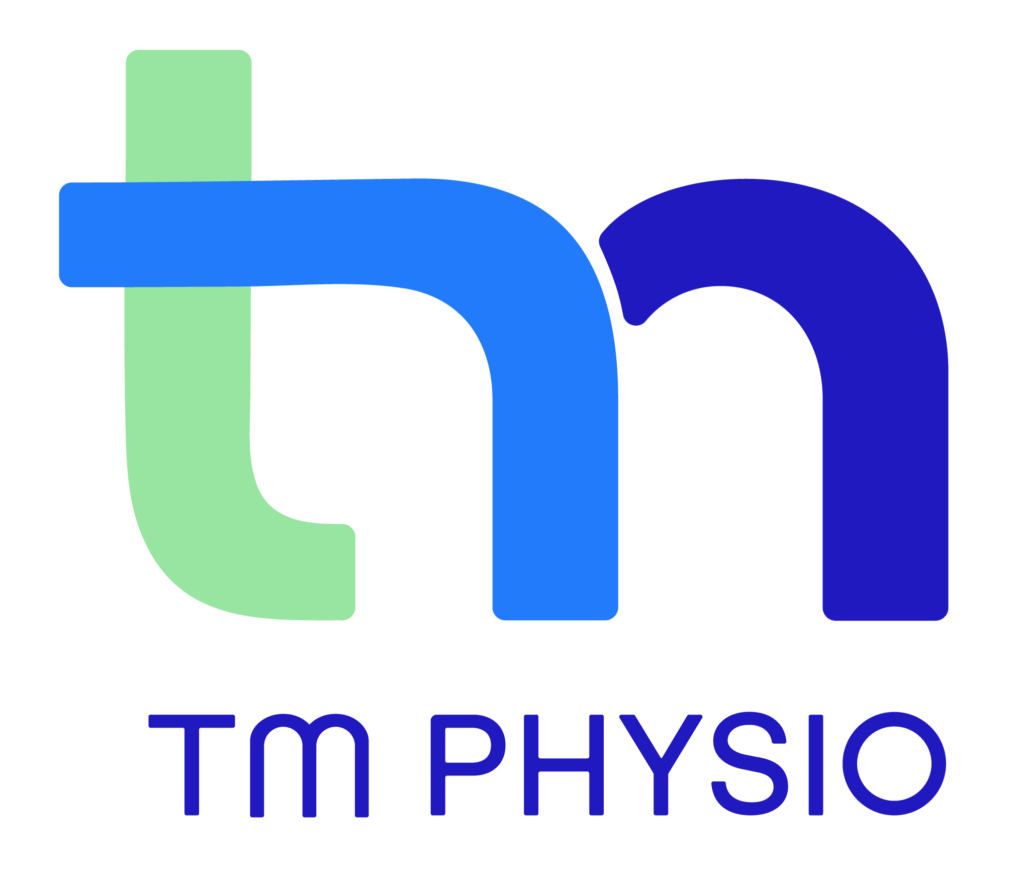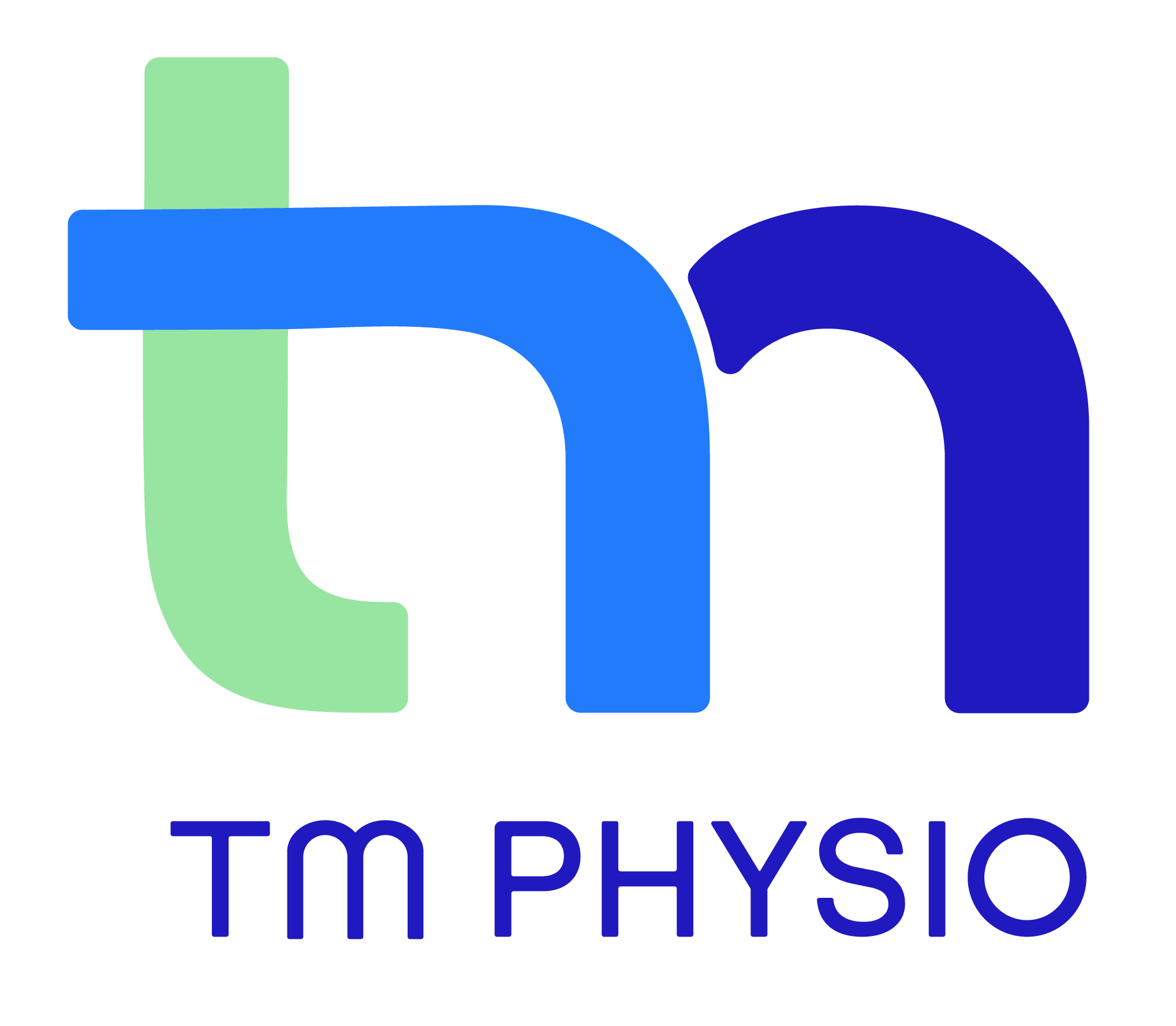Hip And Groin Pain
Hip and groin pain at TM Physio


Hip and groin pain can affect up to 30% of the general population from those playing social or competitive sports to those a bit more elderly.
Hip and groin pain can exist with numerous different presentations, causes and symptoms. Symptoms around the hip can be quite niggly and debilitating for the individual, and if not treated appropriately these symptoms can seemingly linger and worsen over time.
The hip joint is responsible for absorbing large forces from the ground as well as generating a large amount of force to propel ourselves forward such as when we walk or run. For example, studies have shown that we have 3-4 times our body-weight going through the hip with each step when walking, with running this can be as high as 8-10 times our body-weight. This amount of force highlights how important our hips are, and the need for them to be strong and healthy.
The hip itself has over 20 muscles that all work with one another to provide good hip function and stability. Adding to this, the hip is a ball and socket type joint which allows good stability as well range of movement. Broadly, hip and groin pain can be first broken into three main areas; anterior hip/groin pain, lateral hip pain and posterior hip/buttock pain. This helps to better target the physical examination to identify specific structures.
Causes of hip and groin pain
A few of the most common causes of hip and groin pain we see are:
- Hip osteoarthritis
- Femoractabular impingement
- Hip Labral tears
- Adductor related groin pain
- Abdominal related groin pain
- Referred pain from the lumbar spine/ low back
- Sacroilliac joint
- Piriformis syndrome
- Greater trochanteric pain/ gluteal bursa and tendinopathy
- Inguinal hernia
Treatment of hip and groin pain
To first treat any hip and groin pain, requires a good understanding of the individual to create a diagnosis and plan.
Broadly speaking this may involve:
- Strengthen muscles surrounding our hip
- Addressing and changing biomechanics (how we move)
- Soft tissue and joint mobilisations to restore movement
- Stretches and mobility exercises
- Advice and education regarding activities to limit or avoid
- Rest and offloading, some hips may require a bit of time to settle down and offloading before we can eventually get them moving again.
- Some circumstances may require a scan to be performed (CT, MRI, X-ray) or a referral to another health practitioner.

